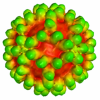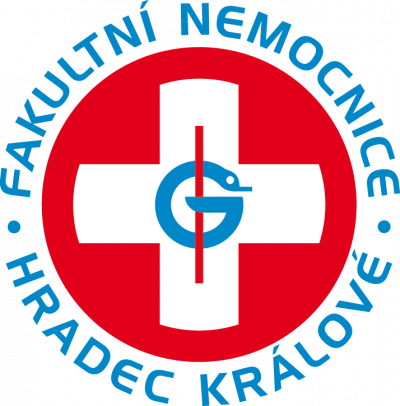Disinfection
Technology description
| The name of the technology: | Disinfection |
|---|---|
| Challenge: | The resistance of microorganisms is one of the biggest problems in the area of commonly used antimicrobial substances. It does not only concern resistance to antibiotics, but also resistance to commonly used disinfectants in general. They are so-called multi-resistant strains, which are resistant to both groups of antimicrobial agents. This trend is the result of the long-term use of antibiotics and disinfectants, especially in hospitals, where microorganisms are constantly exposed to the selection pressure of antibiotics and are able to become resistant even to common disinfectants. Nosocomial infections contribute significantly to the morbidity and mortality of hospitalized patients and also potentially significantly increase the costs of the given medical facility, which is related to the extension of the patients' hospitalization time. Disinfectant preparations with different substances are alternated to prevent selection or resistance of microbes to the long-term used product. |
| Description: | Our technology includes a whole group of structurally completely new broad-spectrum antimicrobial substances of the quaternary ammonium salt type as disinfectants. The substances have significant virucidal effect, but also have an excellent effect on Gram-positive and Gram-negative bacteria (e.g. Staphylococcus aureus, Staphylococcus epidermidis, Vancomycin-resistant Enterococcus, Escherichia coli, Klebsiella pneumoniae, multi-resistant Pseudomonas aeruginosa). Our substances have shown better effectiveness in very small concentrations compared to the commonly used standards of benzalkonium (Ajatin) or didecyldimethylammonium chloride (Sanytol). The minimum biofilm-eradicating concentration was also determined, which confirmed that the substances are capable of having a sufficient effect even on a more resistant form of the microorganism (eradication of the S. aureus biofilm). Significant virucidal activity was demonstrated against enveloped viruses SARS-CoV-2 (new type of coronavirus) and murine cytomegalovirus. Cytotoxicity studies demonstrated the safety of disinfectants using the MTT test (determination of metabolic activity of cells). Laboratory results of effectiveness (virucidal, bactericidal and fungicidal effect) were confirmed by tests in accredited laboratories of the Public Health Institute Ostrava. |
| Commercial opportunity: |
The global disinfectant market is expected to grow by 7.1% during the period 2020 to 2030, when it is expected to exceed USD 14.9 billion (CAGR 2020 - 2030, GlobeNewswire.com). Companies in the global disinfectants market have benefited in previous years from unusually high demand for surfactants and disinfectants due to the outbreak of the COVID-19 pandemic. Our substances can thus contribute not only to the fight against COVID-19, but also against resistant infections, because of its completely new compound structures to which microorganisms are not resistant. However, only products approved as biocides can be used for disinfection, which entails relatively high registration costs. Therefore, we expect potential applicants to be established manufacturer of disinfectants. Such companies have experience with registering new biocides and also have a global reach, thus offsetting the high cost of registering a new biocide. We primarily expect the use of our substances as disinfectants (according to current legislation, 1st group of biocidal products) not only for personal hygiene, but also for disinfecting surfaces, materials, equipment and furniture or for veterinary hygiene. |
| IP protection status: | Patent application PV 2021-139 (being granted). |
| Development status: |
Phase 2Corresponds with TRL 3 and TRL 4 Feasibility study. There is a realistic design of the technology and the initial tests in the laboratory are leading to the specification of the technology requirements and its capabilities.
|
| Partnering strategy: | Collaboration investment licensing |
| More information: | |
| Images: | |
| Categories: | Pharma Chemistry |
| Owner of a technology: | Fakultní nemocnice Hradec Králové |

